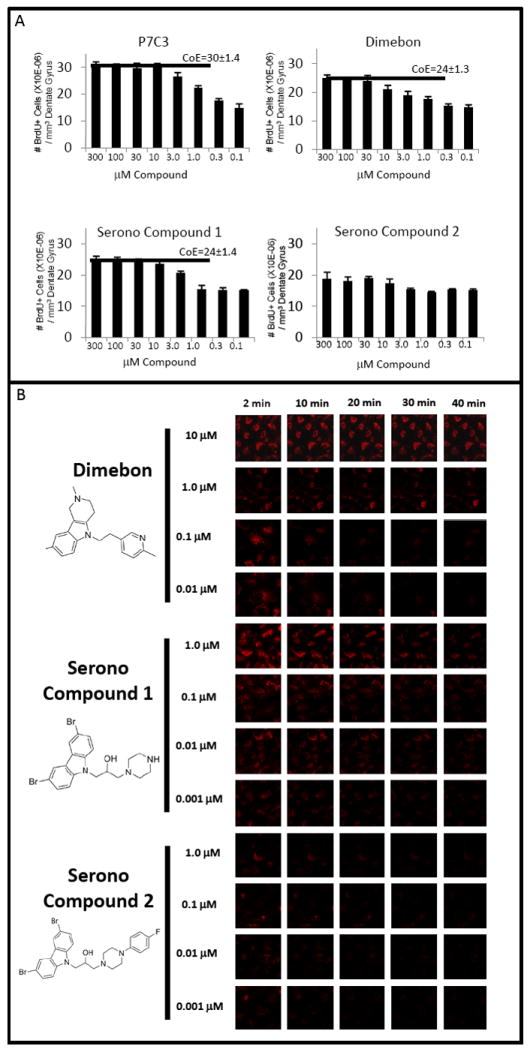Figure 7. Comparison of P7C3 to other putative anti-apoptotic agents.

(A) Adult mice (n=4 for each group) were administered equivalent dose escalations of P7C3, Dimebon and Serono Compounds 1 and 2 for one week. Dimebon was observed to enhance hippocampal neurogenesis, yet with diminished potency and efficacy relative to P7C3. Serono Compound 1, which was more active than Serono Compound 2 in inhibiting BID-mediated cytochrome c release from isolated mitochondria (Bombrun et al., 2003), was similarly superior to Serono Compound 2 in enhancing in vivo neurogenesis. The pro-neurogenic efficacy of Serono Compound 1 was comparable to Dimebon and diminished relative to P7C3. Horizontal bars designate ceiling of efficacy (CoE) levels for each compound. There is no CoE determination for Soreno Compound 2 because this agent did not significantly enhance neurogenesis. Data are expressed as mean +/- SEM. (B) Cultured U2OS cells were loaded with TMRM dye and exposed to a calcium ionophore in the presence of different doses of Dimebon, Serono Compound 1 or Serono Compound 2. Dimebon protected the mitochondrial membrane potential of U2OS cells only at the relatively high doses of 10 and 1uM. The more active, pro-neurogenic Serono Compound 1 showed an enhanced ability to preserve mitochondrial membrane potential relative to the less active Serono Compound 2. Serono Compound 1 lost activity between 10 and 1nM doses.
